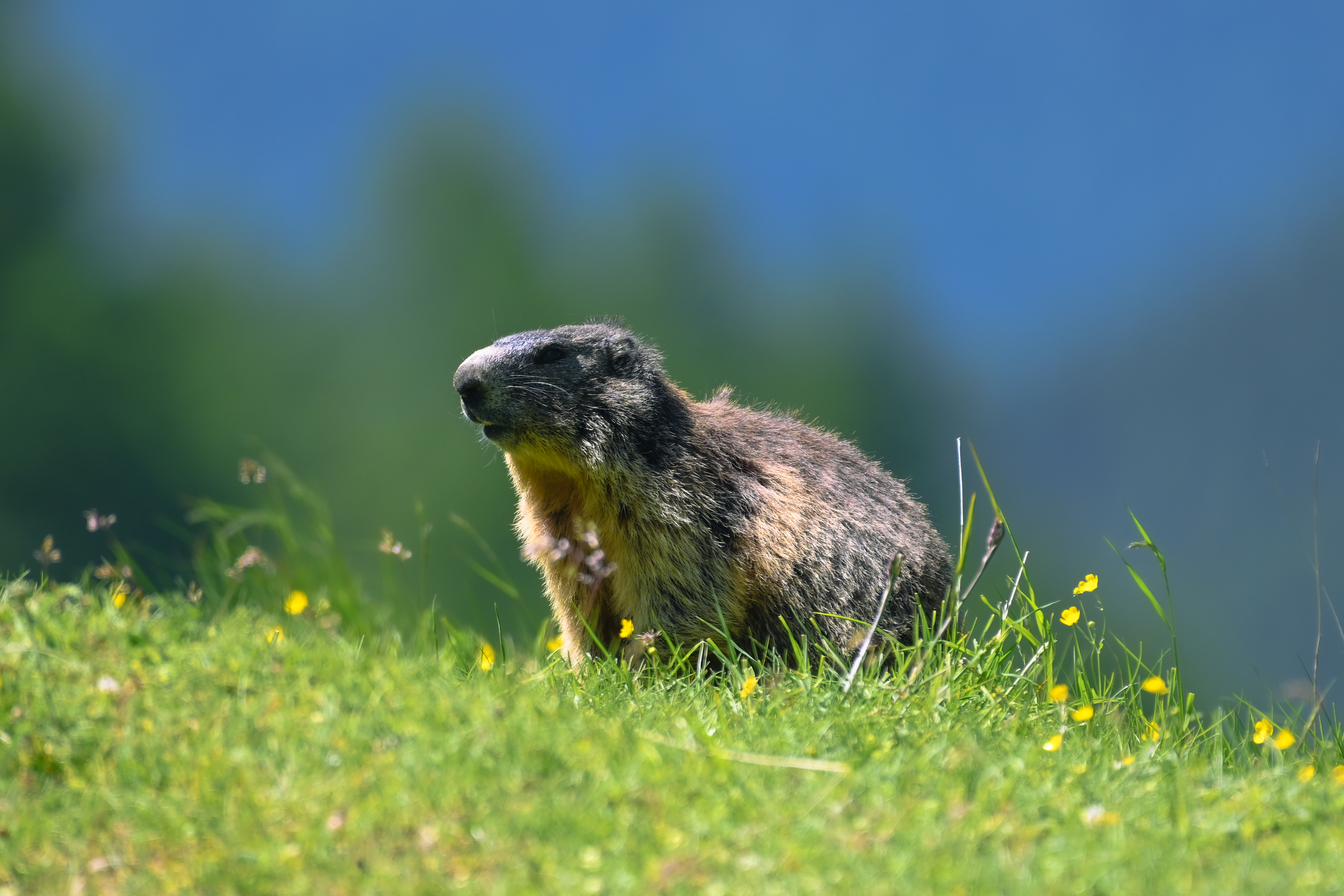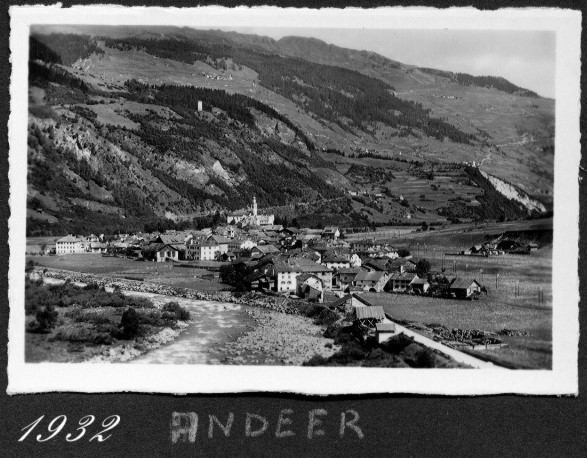|
Romansh Dialects
Romansh ( ; sometimes also spelled Romansch and Rumantsch) is a Gallo-Romance and/or Rhaeto-Romance language spoken predominantly in the Swiss canton of the Grisons (Graubünden). Romansh has been recognized as a national language of Switzerland since 1938, and as an official language in correspondence with Romansh-speaking citizens since 1996, along with German, French, and Italian. It also has official status in the canton of the Grisons alongside German and Italian and is used as the medium of instruction in schools in Romansh-speaking areas. It is sometimes grouped by linguists with Ladin and Friulian as the Rhaeto-Romance languages, though this is disputed. Romansh is one of the descendant languages of the spoken Latin language of the Roman Empire, which by the 5th century AD replaced the Celtic and Raetic languages previously spoken in the area. Romansh retains a small number of words from these languages. Romansh has also been strongly influenced by German in ... [...More Info...] [...Related Items...] OR: [Wikipedia] [Google] [Baidu] |
Languages Of The Roman Empire
Language is a structured system of communication that consists of grammar and vocabulary. It is the primary means by which humans convey meaning, both in spoken and signed forms, and may also be conveyed through writing. Human language is characterized by its cultural and historical diversity, with significant variations observed between cultures and across time. Human languages possess the properties of productivity and displacement, which enable the creation of an infinite number of sentences, and the ability to refer to objects, events, and ideas that are not immediately present in the discourse. The use of human language relies on social convention and is acquired through learning. Estimates of the number of human languages in the world vary between and . Precise estimates depend on an arbitrary distinction (dichotomy) established between languages and dialects. Natural languages are spoken, signed, or both; however, any language can be encoded into secondary m ... [...More Info...] [...Related Items...] OR: [Wikipedia] [Google] [Baidu] |
Rhaeto-Romance Languages
Rhaeto-Romance, Rheto-Romance, Rhaeto-Italian, or Rhaetian, is a purported subfamily of the Romance languages that is spoken in south-eastern Switzerland and north-eastern Italy. The name "Rhaeto-Romance" refers to the former Roman province of Raetia. The question of whether these languages actually form a subfamily is called the . The Italian linguist Graziadio Ascoli, writing in 1873, found them to share a number of intricacies and believed they formed a linguistic group. The Rhaeto-Romance languages differ from Italian in their evolution from Latin by having passed through a stage with phonemic vowel length, undergone certain consonant developments, and possibly developed a pair of central rounded vowels (now lost everywhere). If the subfamily is genuine, three languages would belong to it: Romansh in Switzerland, and Ladin and Friulian in Italy. Their combined number of speakers is about 660,000; the large majority of these (about 500,000) speak Friulian. Origin Bef ... [...More Info...] [...Related Items...] OR: [Wikipedia] [Google] [Baidu] |
Swiss National Park
The Swiss National Park (; ; ; ) is located in the Western Rhaetian Alps, in eastern Switzerland. It lies within the Cantons of Switzerland, canton of Graubünden, between Zernez, S-chanf, Scuol, and the Fuorn Pass in the Engadin valley on the border with Italy. Founded in 1914, the Swiss National Park is the oldest national park in the Alps and in Central Europe. It is part of the worldwide World Network of Biosphere Reserves in Europe and North America#Switzerland, UNESCO Biosphere Reserve and has IUCN protected area categories, IUCN category Ia, which is the highest category, signifying a strict nature reserve. Today, the Swiss National Park has an area of 170.3 km2 and is the largest nature reserve in Switzerland. Description The Swiss National Park covers various terrains, from relatively low valleys to high peaks. The highest peak in the National Park is Piz Quattervals, 3165 m.a.s.l, which can be reached by an alpine hike. As of 2022, this is the only National Pa ... [...More Info...] [...Related Items...] OR: [Wikipedia] [Google] [Baidu] |
Sagogn
Sagogn (; ) is a Municipalities of Switzerland, municipality in the Surselva Region in the Cantons of Switzerland, canton of Graubünden in Switzerland. History Sagogn is first mentioned in 765 as ''Secanio''. Geography Sagogn has an area, , of . Of this area, 23.2% is used for agricultural purposes, while 59.7% is forested. Of the rest of the land, 4.7% is settled (buildings or roads) and the remainder (12.4%) is non-productive (rivers, glaciers or mountains). Before 2017, the municipality was located in the Ilanz sub-district of the Surselva district, after 2017 it was part of the Surselva Region. It is on the northern slope above the Vorderrhein on the bank of the Gruob (or Foppa). It consists of the village sections of Innerdorf (Vitg Dadens) and Ausserdorf (Vitg Dado). Until 1943 Sagogn was known by its German name as Sagens. [...More Info...] [...Related Items...] OR: [Wikipedia] [Google] [Baidu] |
Andeer
Andeer () is a municipalities of Switzerland, municipality in the Viamala Region in the Cantons of Switzerland, Swiss canton of Graubünden. In 2009, Clugin and Pignia merged into Andeer.Amtliches Gemeindeverzeichnis der Schweiz published by the Swiss Federal Statistical Office accessed 23 September 2009 History Ancient Rome, Roman coins discovered near Andeer indicate that there was a Roman presence in the area during the time of the Roman province of Raetia (from 15 BC). The name of the settlement was presumably Lapidaria, and it would have already been an important stop on the road from Italy. Andeer is first mentioned in 1208 as ''Anders''. Around 1820, roads were built over the Splügen Pass and the San Bernardino ...[...More Info...] [...Related Items...] OR: [Wikipedia] [Google] [Baidu] |




